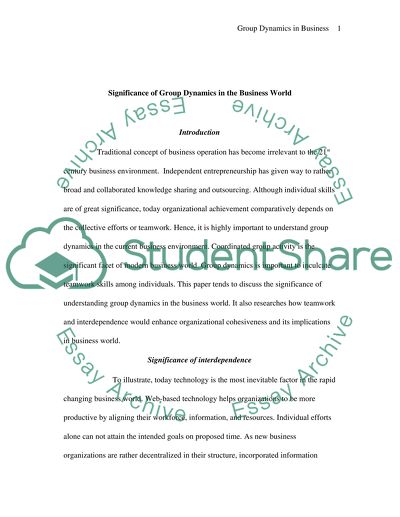Cite this document
(The Significance of Understanding Group Dynamics in the Business World Essay, n.d.)
The Significance of Understanding Group Dynamics in the Business World Essay. Retrieved from https://studentshare.org/human-resources/1562148-group-dynamics-in-the-business-world
The Significance of Understanding Group Dynamics in the Business World Essay. Retrieved from https://studentshare.org/human-resources/1562148-group-dynamics-in-the-business-world
(The Significance of Understanding Group Dynamics in the Business World Essay)
The Significance of Understanding Group Dynamics in the Business World Essay. https://studentshare.org/human-resources/1562148-group-dynamics-in-the-business-world.
The Significance of Understanding Group Dynamics in the Business World Essay. https://studentshare.org/human-resources/1562148-group-dynamics-in-the-business-world.
“The Significance of Understanding Group Dynamics in the Business World Essay”. https://studentshare.org/human-resources/1562148-group-dynamics-in-the-business-world.


